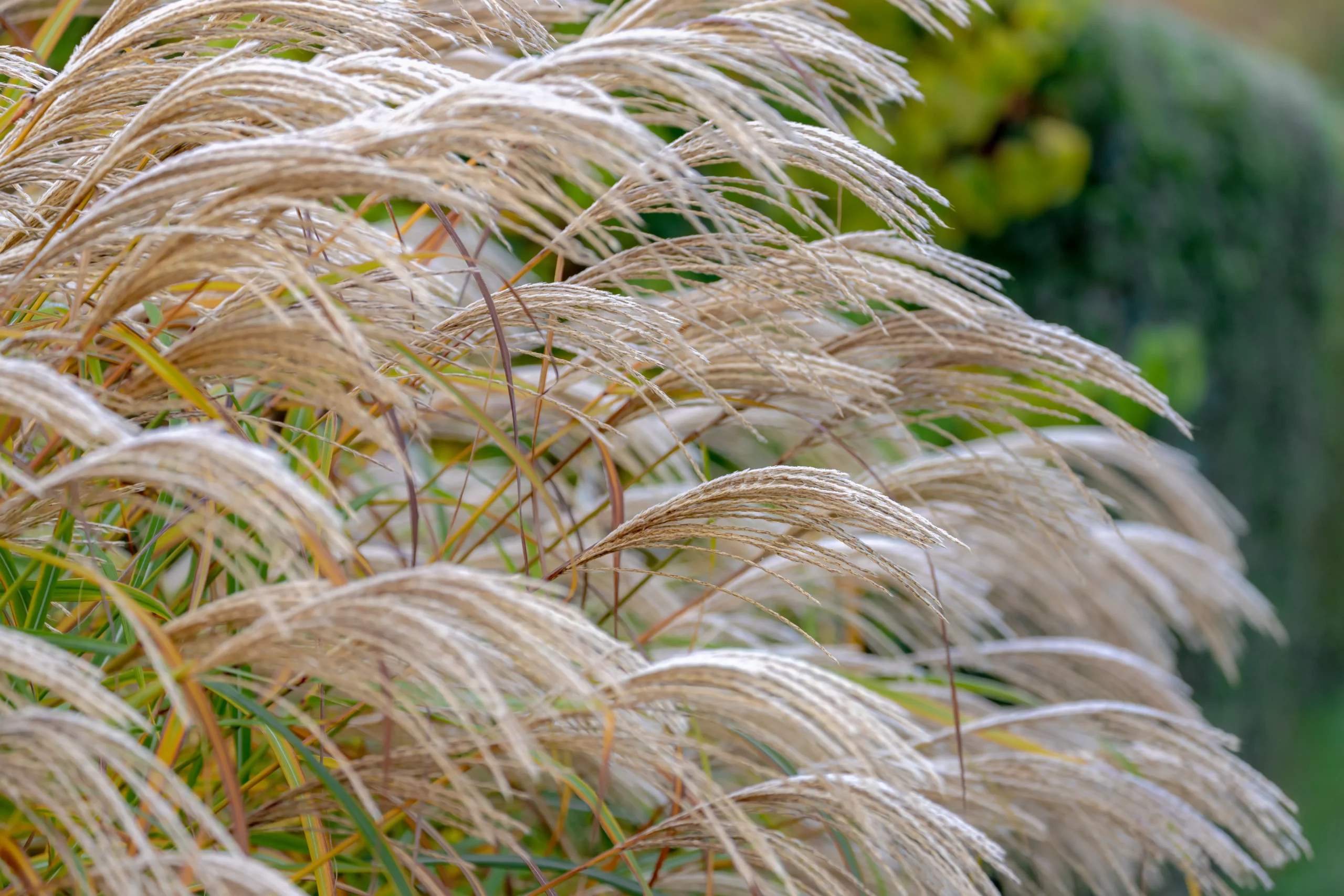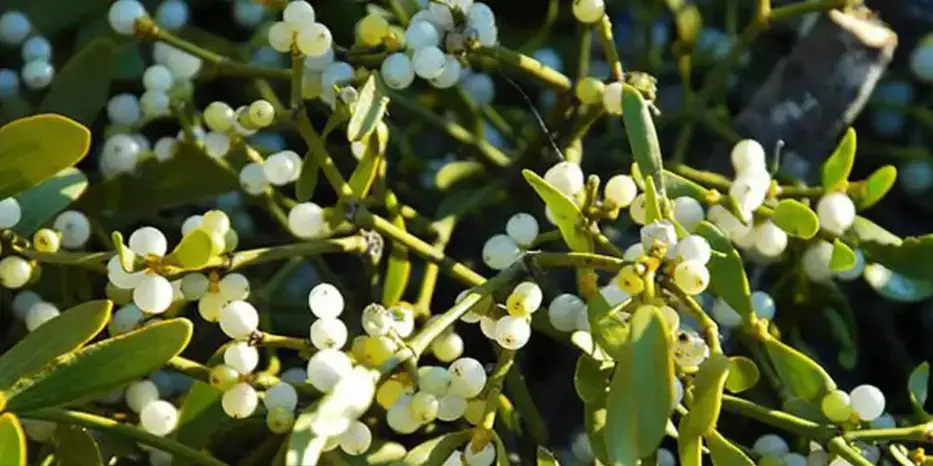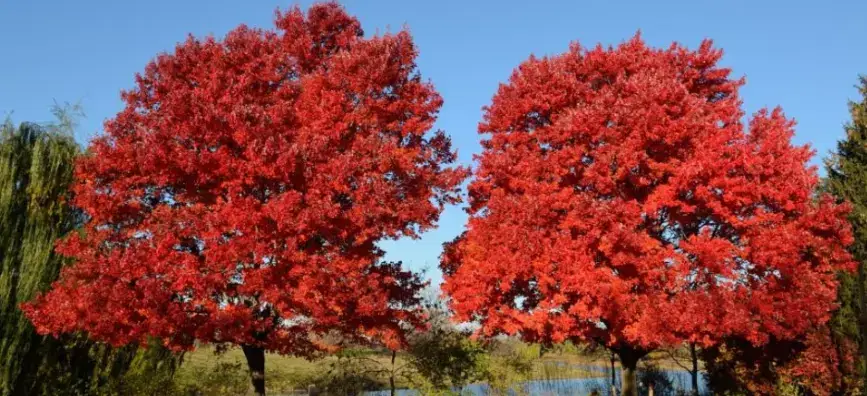
Soil Health & Fertilization
We unite suppliers and green industry professionals worldwide
Few ornamental grasses provide as much elegance and year-round beauty to a landscape as Karl Foerster Feather Reed Grass. With its upright, feathery plumes and graceful movement, this versatile grass adds structure, texture, and an airy charm to gardens.
By Victor Miller
|Published on June 16, 2025


Few ornamental grasses provide as much elegance and year-round beauty to a landscape as Karl Foerster Feather Reed Grass (Calamagrostis × acutiflora 'Karl Foerster'). With its upright, feathery plumes and graceful movement, this versatile grass adds structure, texture, and an airy charm to gardens. A landscapers’ favorite, it flourishes in a wide range of conditions, tolerating everything from heat and humidity to cold and clay-heavy soil.
The thing that makes Karl Foerster grass so special, however, is its long-lived vertical form. While many ornamental grasses flop or spread like weeds, this one stays tall, narrow and well-mannered, growing to 4-6 feet high. It’s attractive in every season, from spring through winter, as it changes from fresh green foliage in spring to fluffy, golden, wheat-like plumes in summer to a glorious bronze color in autumn and winter.
Whether you want to add movement to your garden, create a privacy screen or soften hardscapes, Karl Foerster Feather Reed Grass is a low-maintenance, high-impact option. Here’s what you need to know to grow and care for this beautiful ornamental grass.
| Common Name | Karl Foerster Feather Reed Grass |
| Scientific Name | Calamagrostis × acutiflora 'Karl Foerster' |
| Type | Ornamental grass, perennial |
| Height | 4-6 feet |
| Spread | 2-3 feet |
| Bloom Time | Late spring to early summer |
| Flower Color | Gold wheaty plumes |
| Light Requirements | Full sun to partial shade |
| Soil Requirements | Moist, well-draining soil, tolerates clay |

September 25, 2025
9 minute read
September 24, 2025
9 minute read
September 23, 2025
10 minute read
September 22, 2025
9 minute read


Join as a seller and connect with thousands of B2B buyers nationwide!
Sign Up

Oak Mistletoe
Oak Mistletoe (Phoradendron leucarpum) is a semi-parasitic plant known as much for its role in nature as it is for its place in holiday traditions. It’s admired for its evergreen foliage but misunderstood because of its unusual growing habits.

Oakleaf Hydrangea
Oakleaf Hydrangea (Hydrangea quercifolia) is a genuine multi-season miracle. This shrub offers something special every season — from creamy white flower cones in summer to crimson foliage in autumn and exfoliating bark that adds texture to winter gardens.

October Glory Maple
Famed for its dazzling late-season color, this popular red maple cultivar puts on a dazzling show when most trees have already shed their leaves. It’s a fabulous shade tree no matter the season.

Radish
Radishes are an excellent choice for those who want to see the fruits of their labor coming so fast
Karl Foerster Feather Reed Grass is extremely easy to grow and adapts to a broad range of conditions. It grows best in full sun, but can also handle some shade. There are many ornamental grasses that prefer dry conditions, but this one likes moist soil that will tolerate some drought once established.
This grass thrives in full sun (at minimum 6 hours per day). It can handle some shade, but not too much or it will produce fewer blooms with weak stems.
Karl Foerster is not fussy about soil but loves moist, well-drained soil. It tolerates clay, loamy and sandy soils, so is good for a range of habitats. Preferably slightly acidic to neutral pH (6,0-7,5).
During the first season, the plant should be watered regularly to establish a healthy root system. Afterward, it can tolerate drought, but it will thrive with consistent moisture during hot periods. Do not overwater, as this grass does not like saturated soil.
Pruning is straightforward and keeps the grass looking pristine. It is best to prune late winter or early spring, before the new growth emerges. Prune old foliage back to 4- to 6-inches above the ground. This will facilitate healthy new growth come spring. Do not prune in fall, as the golden-brown winter plumes add beauty to the landscape and provide shelter for wildlife.
It is best propagated by division ,as seeds do not always produce true-to-type plants.
To propagate, divide the plant in early spring or fall, digging up the entire root clump and carefully separating sections. The division should have a strong root system for successful replanting. Replant immediately in moist, well-draining soil and water well.
Division helps rejuvenate older plants and create new ones for your garden or to share with others.
Karl Foerster is an excellent container plant, adding height and texture to patios, balconies, or entranceways.
If you are growing in pots, here are some tips for the best outcomes:
With these easy tips, Karl Foerster will thrive in pots, offering a graceful addition to any space.
Karl Foerster Feather Reed Grass is also cold-hardy and suitable for freezing temperatures.
Karl Foerster produces feathery plumes in early summer, which turn golden-brown in fall and remain attractive through winter.
For optimal blooms, be sure the plant receives full sun and consistent moisture. Excessive amounts of nitrogen can force the plant to grow too quickly and produce floppy stems instead of upright plumes. They need to be divided every few years to allow vigorous blooming.
Karl Foerster is low-maintenance and disease-resistant, but here are a few issues that can crop up:
Karl Foerster Feather Reed Grass is a stunning, low-maintenance ornamental grass that adds structure, movement, and elegance to any garden. The upright, vertical plumes add visual interest year-round, and its tendency to spread in diverse conditions make it an ideal plant for landscapes. Whether grown in borders, mass plantings or containers, this award-winning grass is a no-fuss way to fill your outdoor space with charm and texture.
Moderate to fast growth rate, reaching full height in 1 to 2 seasons.
No, it is a clump-forming grass and does not spread invasively.
Prune in late winter or early spring before new growth has begun.
It will tolerate light shade, but full sun (6+ hours a day) keeps it growing upright and strong.
Yes! It's deer and rabbit resistant and works well in a wildlife-prone area of the landscape.

Soil Health & Fertilization
Victor Miller

Pest Identification & Prevention
Victor Miller

Lawn Care Tips & Maintenance
Victor Miller

Soil Health & Fertilization
Victor Miller

Smart Irrigation Systems
Victor Miller

Patios, Walkways & Driveways
Victor Miller

Soil Health & Fertilization
Victor Miller

Pest Identification & Prevention
Victor Miller
My Account
Our team is always here to help.
We are open Monday - Friday, 9:00 AM to 4:30 PM PST.